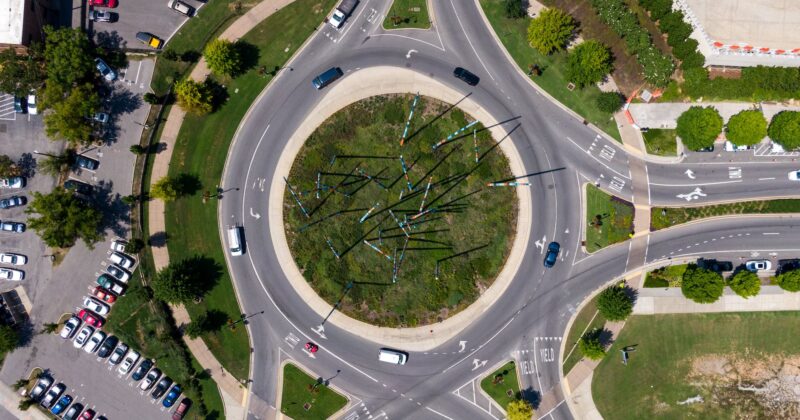The Des Moines Area MPO developed a complete streets policy template in 2015 that can be adopted by local governments throughout Greater Des Moines. Since that time, five new complete streets policies have been adopted bringing the total to nine policies in the region. Policies have been adopted in:
- Altoona – July 2016
- Carlisle – April 2014
- Des Moines – September 2008
- Johnston – May 2016
- Norwalk – October 2006
- Pleasant Hill – March 2016
- Urbandale – June 2016
- West Des Moines – September 2015
- Windsor Heights – July 2015
What are Complete Streets?
Complete streets are streets that are for everyone. They are designed and operated to enable safe access for all users, including pedestrians, bicyclists, motorists and transit riders. People of all ages and abilities are able to safely move along and across streets in a community, regardless of how they are traveling. Complete streets are good for business, neighborhoods and residents’ well being. Streets designed for people of all ages and abilities create stronger, healthier and safer communities.
Communicating Complete Streets
How can advocates, elected officials and practitioners effectively communicate complete streets? Telling the story around the policy and technical language is essential for building up support and really communicating why we need complete streets. Who are complete streets for, why do they matter and can we afford them? These are the questions this presentation answers.
Communicating complete streets highlights three key themes:
- Safer streets
- Healthier streets
- More prosperous streets
Communication is a critical piece of advancing policy and one not taken lightly. The MPO presentation advances the conversation on complete streets and provides a resource for communities pursuing a complete streets policy.
Adopting Complete Streets
A complete streets policy can take many forms, but strong policies consistently contain similar characteristics. The MPO has developed a model policy based on the 10 core elements found in the Local Policy Workbook published by Smart Growth America’s Complete Streets Coalition. Both the model policy and the policy workbook can be found below in the resources section. The 10 core elements are:
- Has a strong vision
- Accounts for all users and all modes
- Addresses all phases of projects
- Incorporates all relevant agencies and departments
- Specifies and limits exceptions
- Emphasizes local and regional connectivity
- Uses the best and latest design standards
- Looks for context-sensitive solutions
- Sets rigorous performance measures
- Outlines tangible implementation steps
Implementing Complete Streets
How do communities take a complete streets policy and effectively implement it? Developing and adopting a policy is essential, but can easily sit on a shelf without impacting real world outcomes. This report used the Complete Streets Coalition’s Taking Action on Complete Streets guide to inform staff and elected on what implementation means for complete streets and how to achieve it.
There are five keys steps for implementation:
- Planning for implementation
- Updating the process
- Reviewing and updating design guidelines
- Training and education
- Measuring performance
Implementation requires cross-department cooperation, public transparency, and aligning staff goals for safe and accessible streets. More information including case studies can be found in the Taking Action on Complete Streets document.
Funding Complete Streets
The MPO facilitated a one-time mini-grant program for complete streets implementation in 2016. Funded by the Wellmark Foundation, the MPO disbursed $75,000 to applicants in the region.
Resources
- Local Complete Streets Model Policy
- Flexible Street Design: Comparing Available Guides
- Infrastructure Guide
- City of Des Moines Presentation: Ingersoll 3-lane After Results
- Join the Mayors’ Challenge
- Presentations
- Other Resources:
- Complete Streets Local Policy Workbook (by Smart Growth America)
- Complete Streets Coalition: Implementation (by Smart Growth America)
- Taking Action on Complete Streets (by Smart Growth America)
- Small Town and Rural Multimodal Networks (by FHWA)

